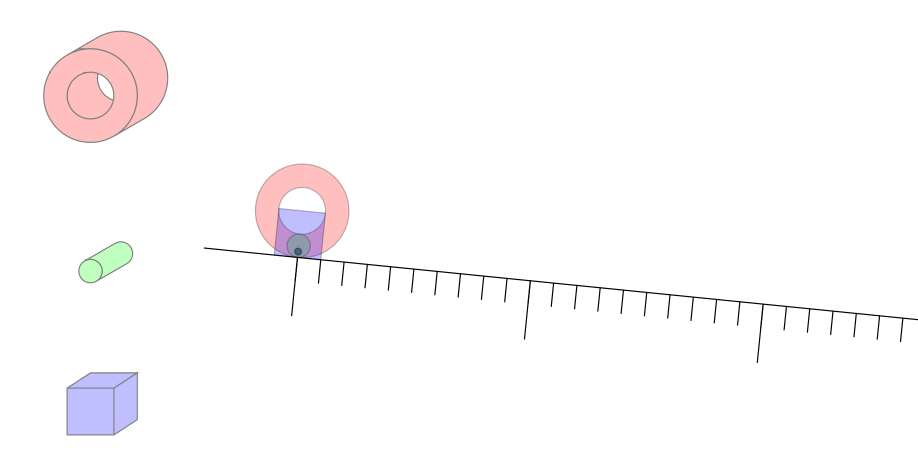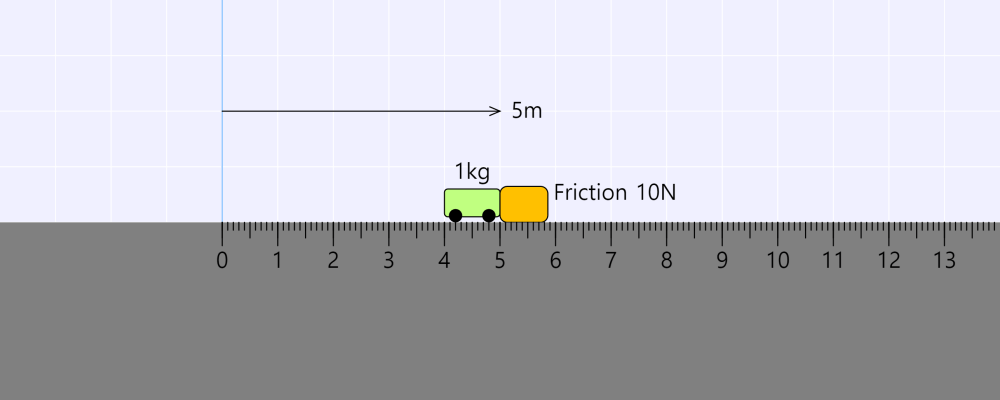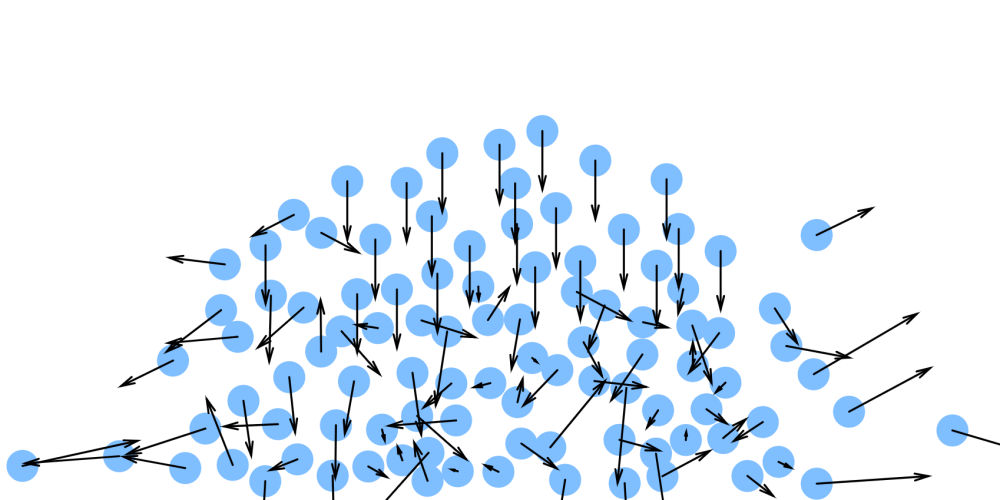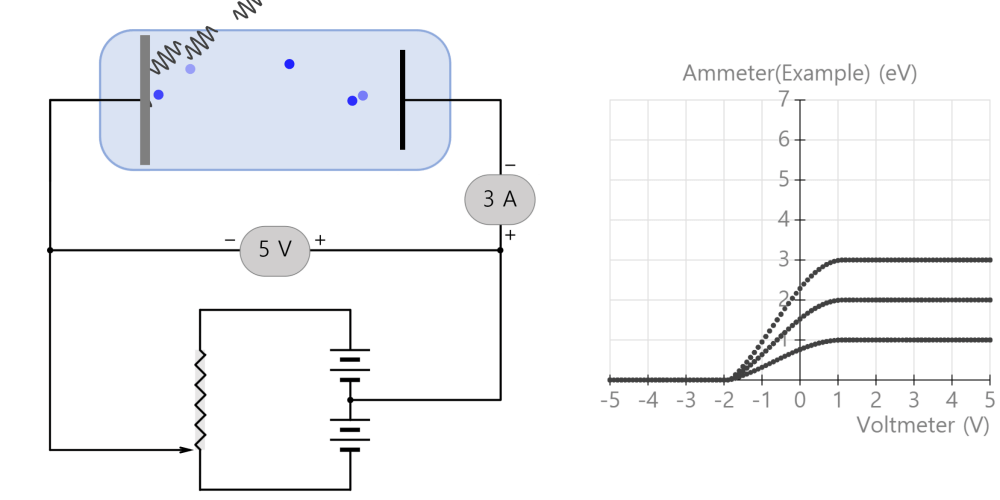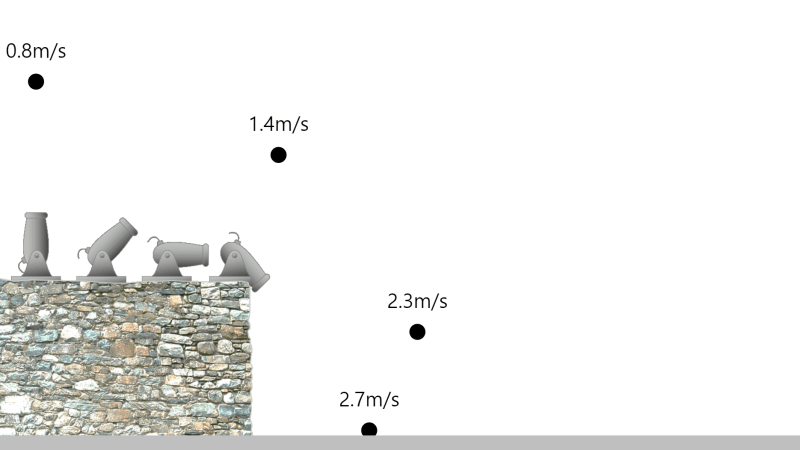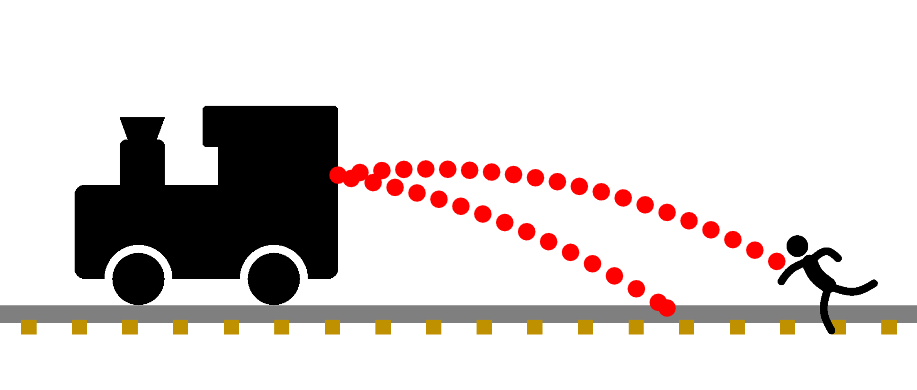Moment of Inertia
This simulation assumes that there is rolling friction and no sliding friction. The cylinder and cube assumed the density of iron (7.874 g/cm³). Why does a rolling object go down slower than an object that slides down? In conclusion, the … more
